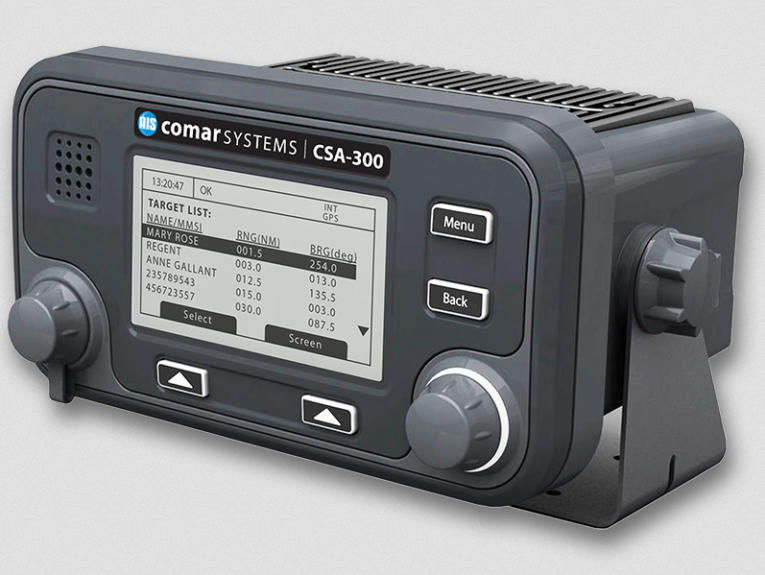Navigating Waters Safely: A Guide to AIS Transponders
In the world of maritime navigation, safety is paramount. One of the essential tools for ensuring safe and efficient ship traffic management is the Automatic Identification System (AIS) transponder. AIS transponders play a crucial role in providing real-time vessel information, enhancing situational awareness, and preventing collisions at sea. In this guide, we’ll explore what AIS transponder are, how they work, and why they are vital for navigating waters safely.
What Is an AIS Transponder?
An AIS transponder is a sophisticated electronic device installed on ships, boats, and maritime vessels to transmit and receive essential information about the vessel’s identity, position, course, and speed. These transponders use Very High Frequency (VHF) radio signals to communicate with other vessels and shore-based AIS stations.

How Does an AIS Transponder Work?
AIS transponders operate based on two key functionalities: AIS Class A and AIS Class B.
- AIS Class A Transponders: Typically used by large commercial vessels, AIS Class A transponders transmit information about the vessel at frequent intervals. This data includes the vessel’s name, Maritime Mobile Service Identity (MMSI) number, position, course over ground (COG), speed over ground (SOG), navigational status, and more. AIS Class A transponders are mandatory for vessels exceeding a certain size or operating internationally.
- AIS Class B Transponders: AIS Class B transponders are commonly used by smaller vessels, such as fishing boats, pleasure craft, and yachts. They transmit less frequent updates and include a reduced set of data compared to Class A transponders. This cost-effective solution still provides valuable information for collision avoidance and situational awareness.
The AIS transponder receives data from other nearby vessels and shore-based AIS stations, allowing it to display a comprehensive picture of the maritime traffic in the vicinity. This data can be viewed on the ship’s navigational display, providing real-time information about the positions and courses of other vessels.
Why Are AIS Transponders Important for Safe Navigation?
- Collision Avoidance: AIS transponders enable vessels to track the positions and movements of nearby ships, allowing them to make informed decisions to avoid collisions. This is particularly critical in busy shipping lanes and congested waters.
- Situational Awareness: AIS transponders enhance situational awareness by providing information about the identities and intentions of neighboring vessels. This information helps captains and navigators make safer navigation choices.
- Search and Rescue: In the event of an emergency, AIS transponders can transmit distress signals and the vessel’s exact position, aiding in search and rescue operations and expediting response times.
- Port and Harbor Management: AIS data is valuable for managing port and harbor traffic, optimizing berthing, and ensuring efficient cargo handling operations.
- Environmental Protection: AIS transponders can help monitor and enforce environmental regulations, such as vessel speed limits in sensitive ecological areas.
- National Security: Governments and maritime authorities use AIS data to monitor vessel movements, enforce maritime laws, and protect national security interests.



